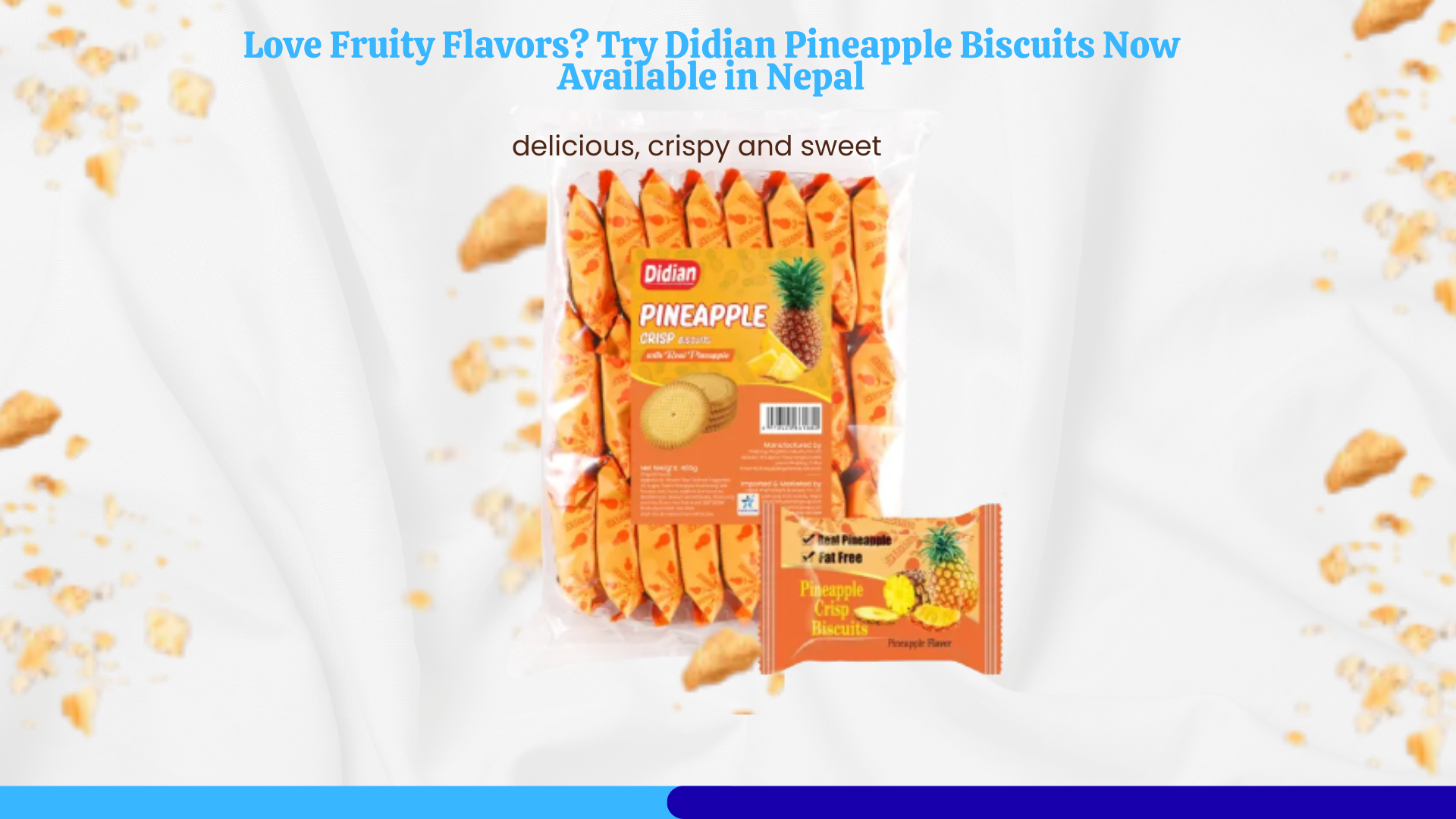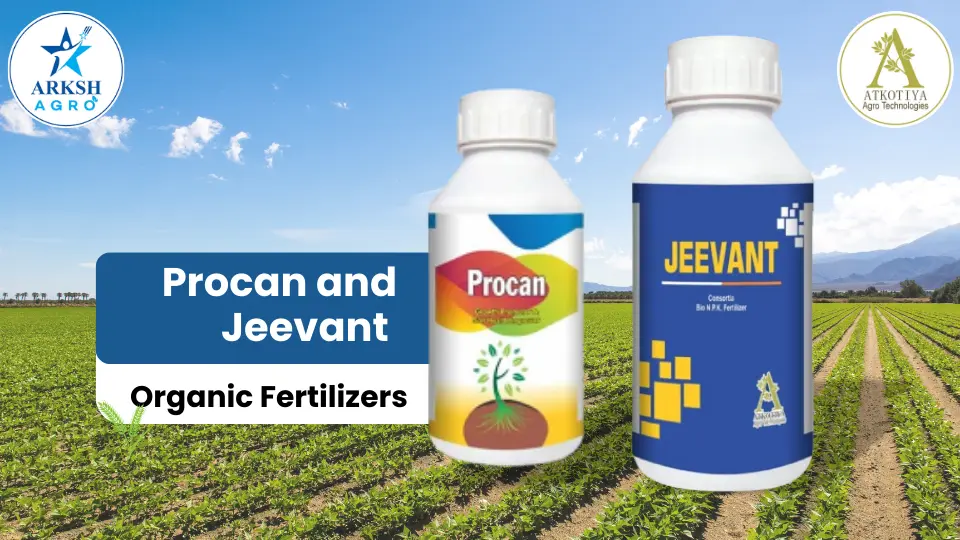.webp)
When it comes to choosing healthy food, two grains often come up: Kodo and Oats. Both are known for being nutritious, but many people wonder which is better for daily energy and digestion.
Let’s break it down in a simple way so you can decide what’s right for you.
What is Kodo?
Kodo is an ancient grain grown in the Himalayas and Indian regions for centuries. It is gluten-free and full of fiber, which helps in digestion and keeps you feeling full for a long time.
Kodo is also rich in minerals such as iron, calcium, and magnesium.
What are Oats?
Oats are a common snack food that is loved worldwide. They are rich in soluble fiber, especially beta-glucan, which supports heart health and helps reduce cholesterol.
Oats also provide lasting energy due to their complex carbohydrates.
Digestion Benefits: Kodo vs. Oats
Both Kodo and Oats are good for digestion, but they work in slightly different ways.
- Kodo is gentle on the stomach and rich in fiber, which helps food move smoothly through the digestive system. This reduces bloating and improves bowel movement.
- Oats are also high in fiber but may cause bloating for people with sensitive digestion, especially when eaten in large amounts.
If you often feel heavy or uncomfortable after eating grains, Kodo might be a better option because it is lighter and easier to digest.
Daily Energy Boost
To keep your energy levels steady throughout the day, your body needs slow-digesting carbohydrates and minerals. Both grains offer this:
- Kodo has complex carbs and is low in fat, making it a great source of long-lasting energy without feeling too full.
- Oats also provide a steady release of energy and are a popular pre-workout meal in many countries.
If you're looking for something that gives you energy and is light on digestion, Kodo could be the winner.
Which Is Better?
There is no one answer for everyone, but here’s a simple comparison:
- For better digestion, Kodo may be easier on your system.
- For cholesterol and heart health, Oats are great because of beta-glucan.
- For gluten-free diets, Kodo is naturally gluten-free, while oats can be gluten-free if processed properly.
- For lasting energy: Both are good, but Kodo is lighter on digestion.
Easy to Use in Daily Meals
Both grains can be made into porridge, bread, pancakes, or added to salads and soups.
- Kodo can be used in place of rice or ground into flour to make cookies and biscuits.
- Oats are often used in breakfast bowls, smoothies, and baked goods.
Final Thoughts
Whether you choose Kodo or Oats, both are healthy options. But if you want something that supports digestion, then gluten is free, and gives you heavy energy, which makes you feel heavy. Kodo is a smart pick.
In Arksh food, we bring you natural Kodo-based products that are easy to include in your everyday life. Try our delicious Kodo biscuits, Kodo cookies, and more, made with love and care for your health.
FAQ’S
1. Is Kodo better than oats for digestion?
Yes, Kodo millet is often gentler on digestion compared to oats. It is rich in fiber and easy on the stomach, making it a good choice for people with sensitive digestive systems.
2. Which is better for weight loss: Kodo or oats?
Both are great for weight loss, but Kodo may be slightly better because of its slower digestion, which keeps you fuller longer and helps control hunger.
3. Are Kodo and oats gluten-free?
Kodo millet is naturally gluten-free, making it ideal for people with gluten intolerance. Oats can be gluten-free if processed in a gluten-free facility, but always check the label.
4. Can Kodo millet be eaten daily?
Yes, Kodo millet is safe and healthy to eat daily. It supports digestion, helps manage blood sugar, and provides steady energy without making you feel bloated.
5. Is Kodo millet good for diabetes?
Yes, Kodo has a low glycemic index, which means it releases sugar slowly into the blood. This helps manage blood sugar levels and makes it a good grain for diabetics.




.png)
.png)








.png)

.png)